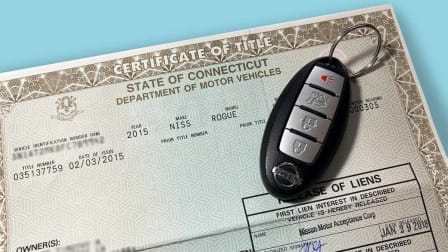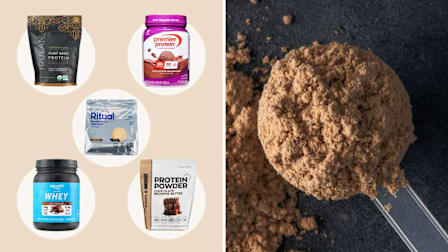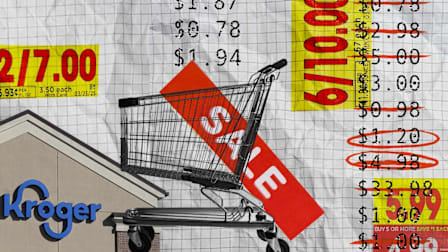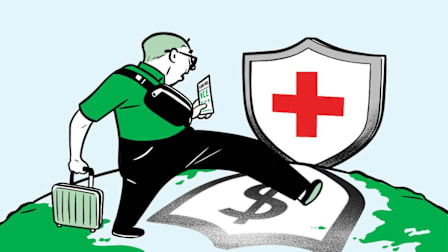Building a Better World, Together
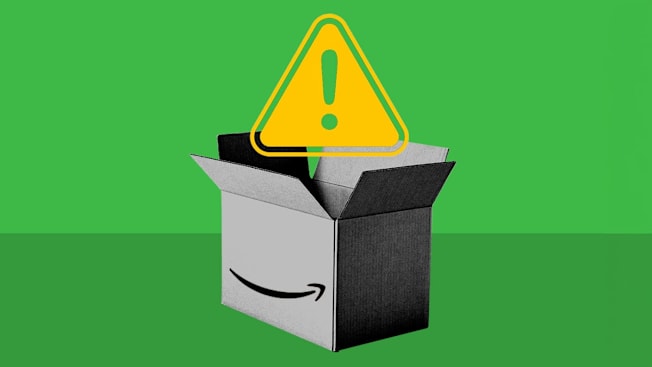
Join with us to make a safer, fairer, healthier marketplace.
Uncovering Risky Products
For years, CR has been pushing online retailers to take more responsibility for the safety of products sold on their platforms by third parties. In July, the Consumer Product Safety Commission issued a unanimous and precedent-setting ruling that Amazon must do just that.
The case involved some 400,000 products, including faulty carbon monoxide detectors, flammable children’s pajama sets, and hazardous hair dryers, that the CPSC said "pose a risk of serious injury or death to consumers." The agency argued that the way Amazon notified and refunded customers was not thorough enough, putting consumers at risk.
Amazon didn’t dispute that the products were dangerous, but maintained that it didn’t have to handle recalls the way the CPSC prescribed because it was not legally a "distributor" of goods but merely an intermediary—like a delivery service—between the third-party sellers and buyers. The CPSC said that claim misrepresented the extent of Amazon’s control over every step of the retail process and ruled against the company.
Amazon plans to appeal the decision. But if it stands, the ruling will require the company to submit a proposal to the CPSC for how it will notify the public about hazardous products they’ve purchased and incentivize them to remove them from their homes. It will also make clear that Amazon and other online retailers can be held responsible for the safety of products sold on their platforms by third parties. Go to Recalls.gov to find out whether a product has been recalled.
400,000
The number of hazardous products—from carbon monoxide detectors to hair dryers—that Amazon must now alert customers about. (Source: Consumer Product Safety Commission)
Action Update
Two recent reports, one by The New York Times and another by congressional investigators, showed that several automakers were using in-car technology to collect data (including location intel) on car owners. In some cases the information was secretly shared with data brokers and ended up in the hands of insurers.
In August, CR delivered a petition, signed by nearly 30,000 people, urging the Federal Trade Commission to investigate further and ensure carmakers stop these invasive practices, which can cause drivers to pay more for insurance or be denied coverage altogether.
Cleaning Up Tainted Food
What’s at stake: American consumers unknowingly buy a lot of tainted chicken. A 2022 CR investigation found about a third of ground chicken samples were contaminated with salmonella, nearly all of it strains posing significant health risks. And current federal standards actually allow the sale of raw poultry even if salmonella is detected. So it’s not surprising that an estimated 125,000 people are sickened each year by salmonella in chicken, and 43,000 by contaminated turkey.
How CR has your back: For years, CR has been pushing the Department of Agriculture to classify salmonella as an adulterant in raw poultry, much as it does dangerous strains of E. coli in ground beef. And after our 2022 investigation of ground chicken, we again called for stronger regulations.
These efforts are now paying off. In July, the USDA proposed a first-of-its-kind framework under which poultry contaminated with certain strains above certain levels would be barred from the market and subject to recall. It would also require poultry producers to monitor contamination throughout the processing system. This is important because the filthy and crowded conditions in which most chickens are raised means that salmonella can easily spread from one bird to another.
What you can do: After a comment period, the USDA will review and analyze feedback on the proposal before finalizing it. In the meantime, read "USDA Proposes New Rules to Limit the Salmonella Allowed in Chicken" to learn more and for tips on how to stay safe from salmonella when preparing food at home.
Editor’s Note: This article also appeared in the November/December 2024 issue of Consumer Reports magazine.

















